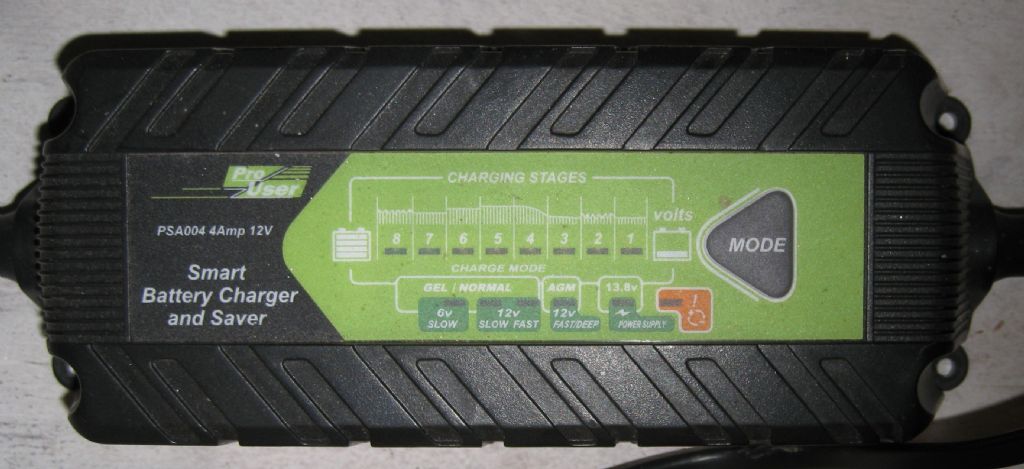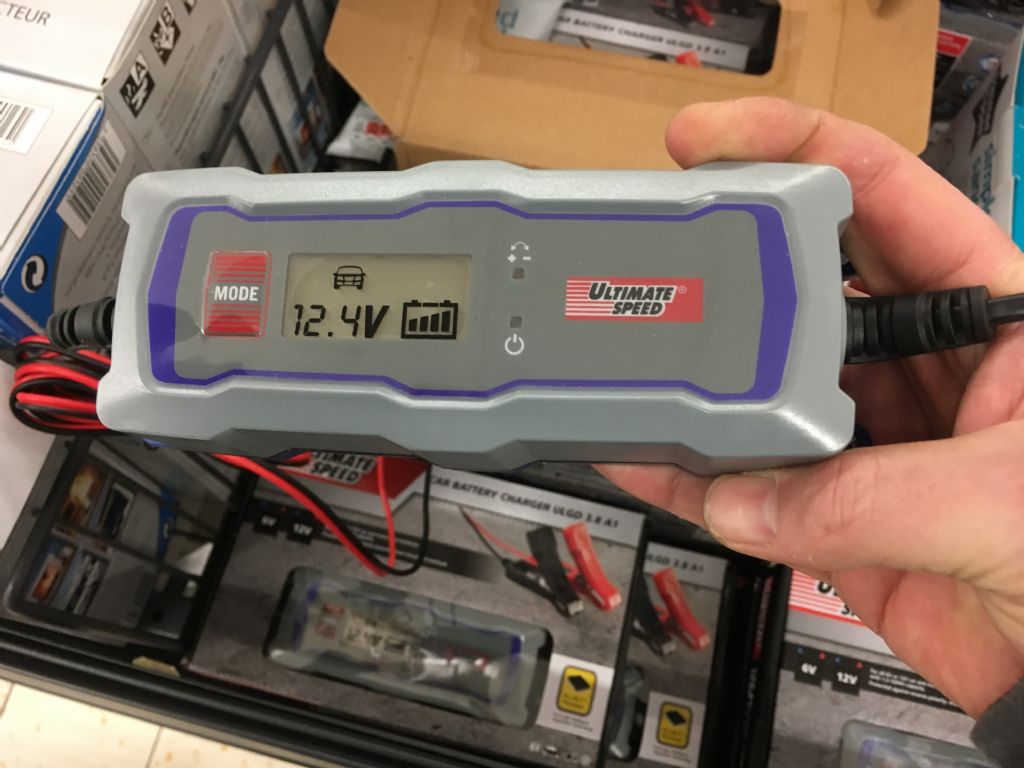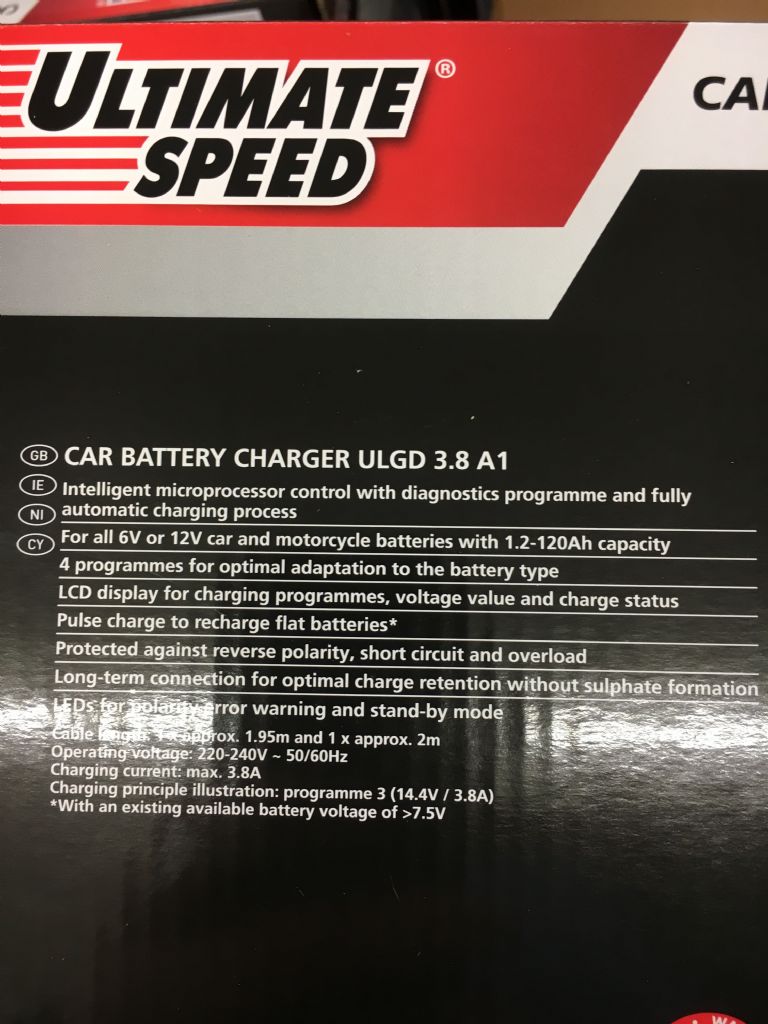‘Intelligent’ Battery Chargers
‘Intelligent’ Battery Chargers
- This topic has 34 replies, 16 voices, and was last updated 30 January 2018 at 18:19 by
 Michael Gilligan.
Michael Gilligan.
- Please log in to reply to this topic. Registering is free and easy using the links on the menu at the top of this page.
Latest Replies
Viewing 25 topics - 1 through 25 (of 25 total)
-
- Topic
- Voices
- Last Post
Viewing 25 topics - 1 through 25 (of 25 total)
Latest Issue
Newsletter Sign-up
Latest Replies
- 50,000 Ton Press
- Shop Tips
- Wheel and track standards
- Arduino controlled stepper motor for Mill X-axis drive
- Motor bearings and more
- Colchester Chipmaster tailstock shimming
- Mounting chuck directly to rotary table.
- Air source heat pumps
- Building Bernard Tekippe’s Precision Regulator
- Source of 8mm Dia flexible stainless steel tubing


 . How well they have managed to give it enough intelligence to adequately identify what it is connected to is less obvious. It's notoriously difficult to tailor the charging algorithm to unknown batteries although of course everyone knows that if you could do so, you'd have a very interesting product. That would be the holy grail of the battery charging world and so far nobody has found it despite decades of research and hundreds of patents.
. How well they have managed to give it enough intelligence to adequately identify what it is connected to is less obvious. It's notoriously difficult to tailor the charging algorithm to unknown batteries although of course everyone knows that if you could do so, you'd have a very interesting product. That would be the holy grail of the battery charging world and so far nobody has found it despite decades of research and hundreds of patents. 






